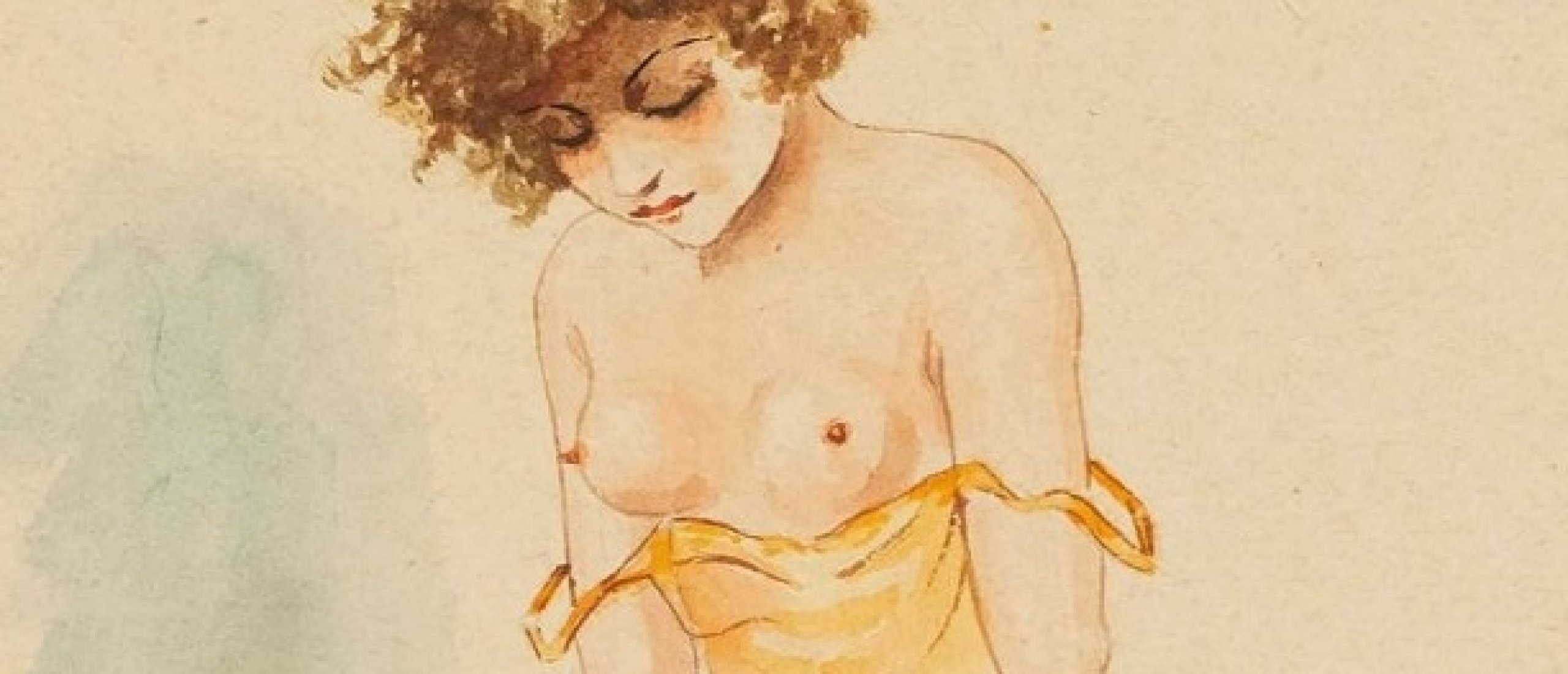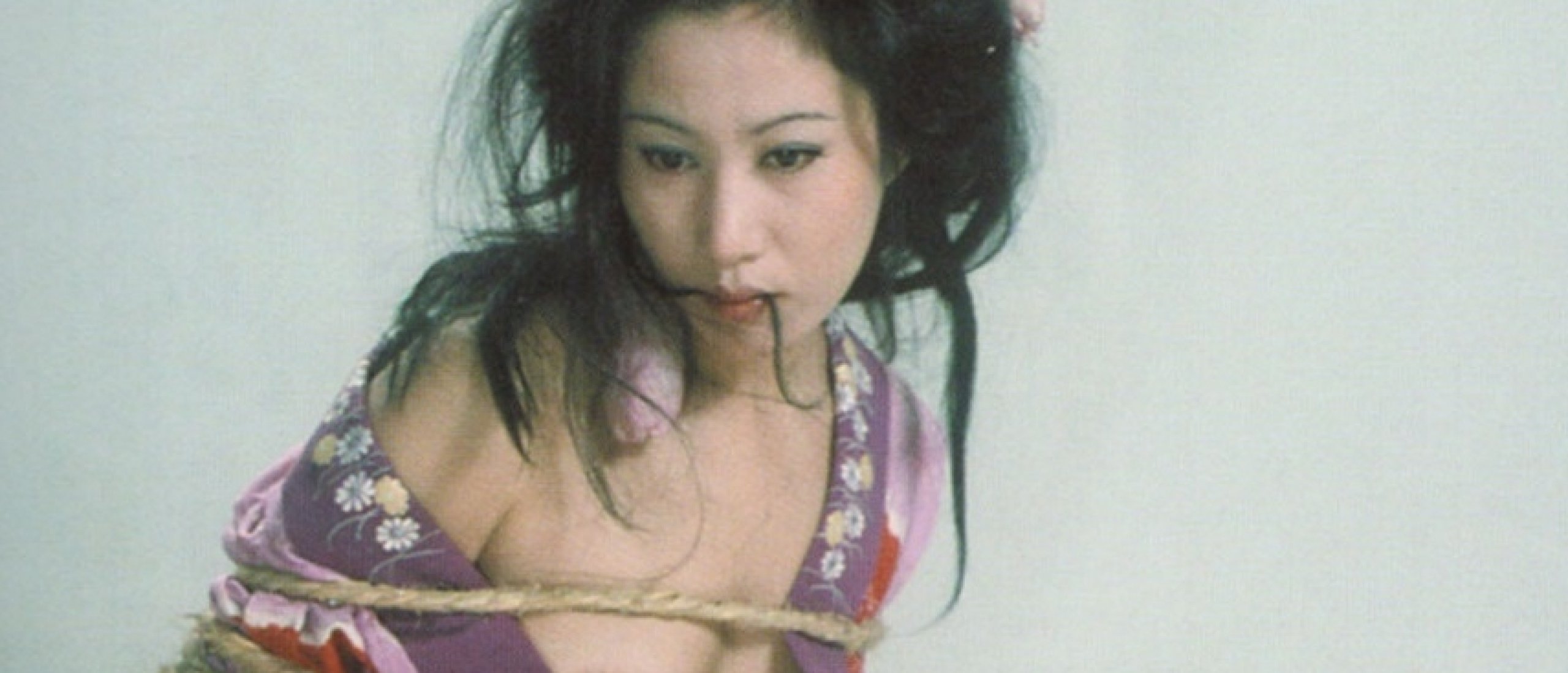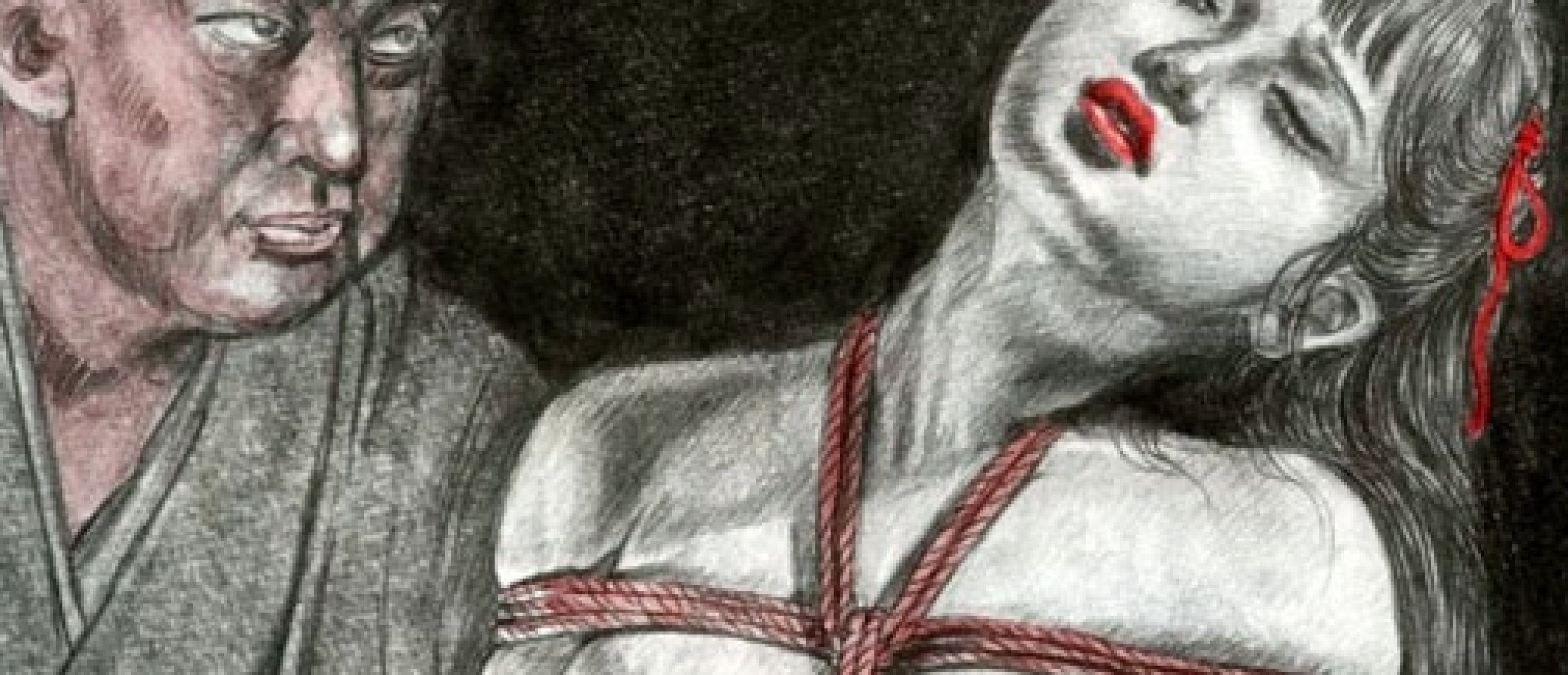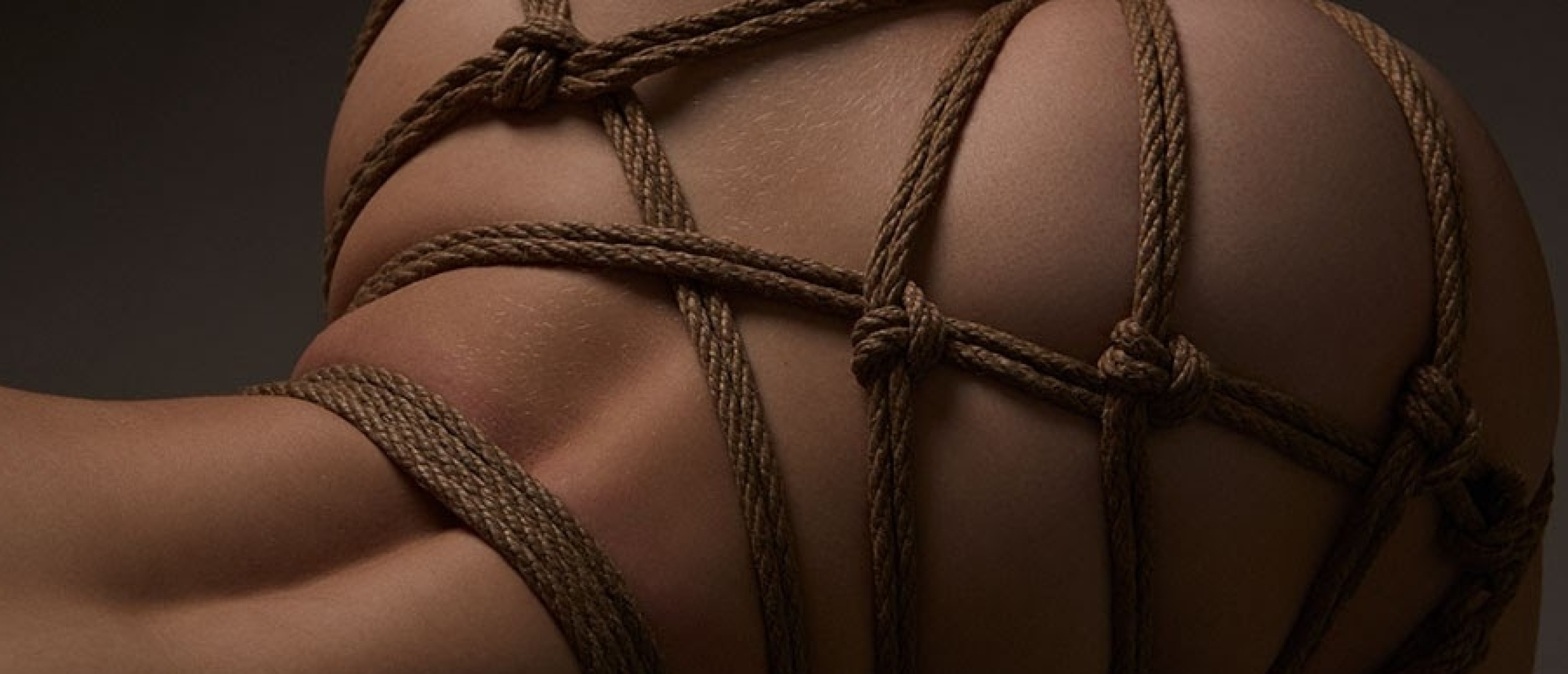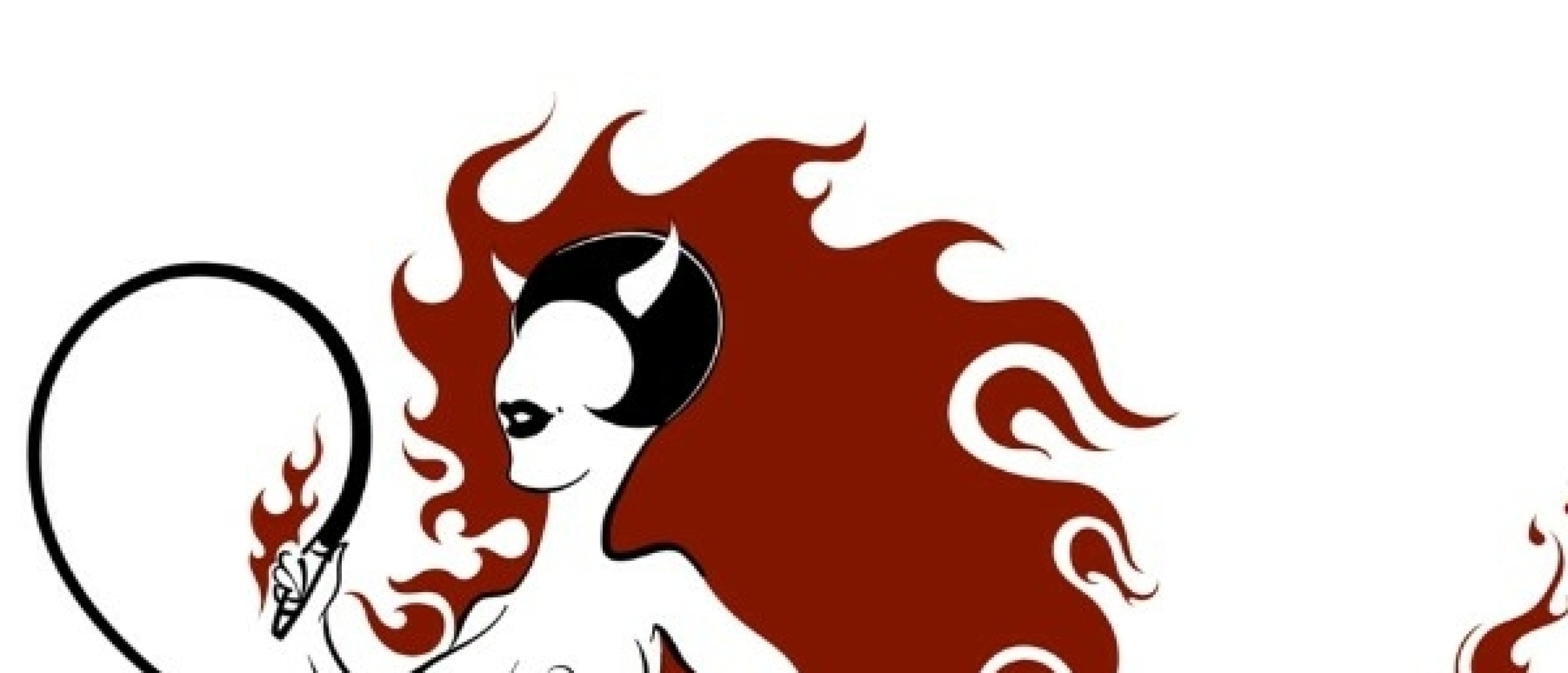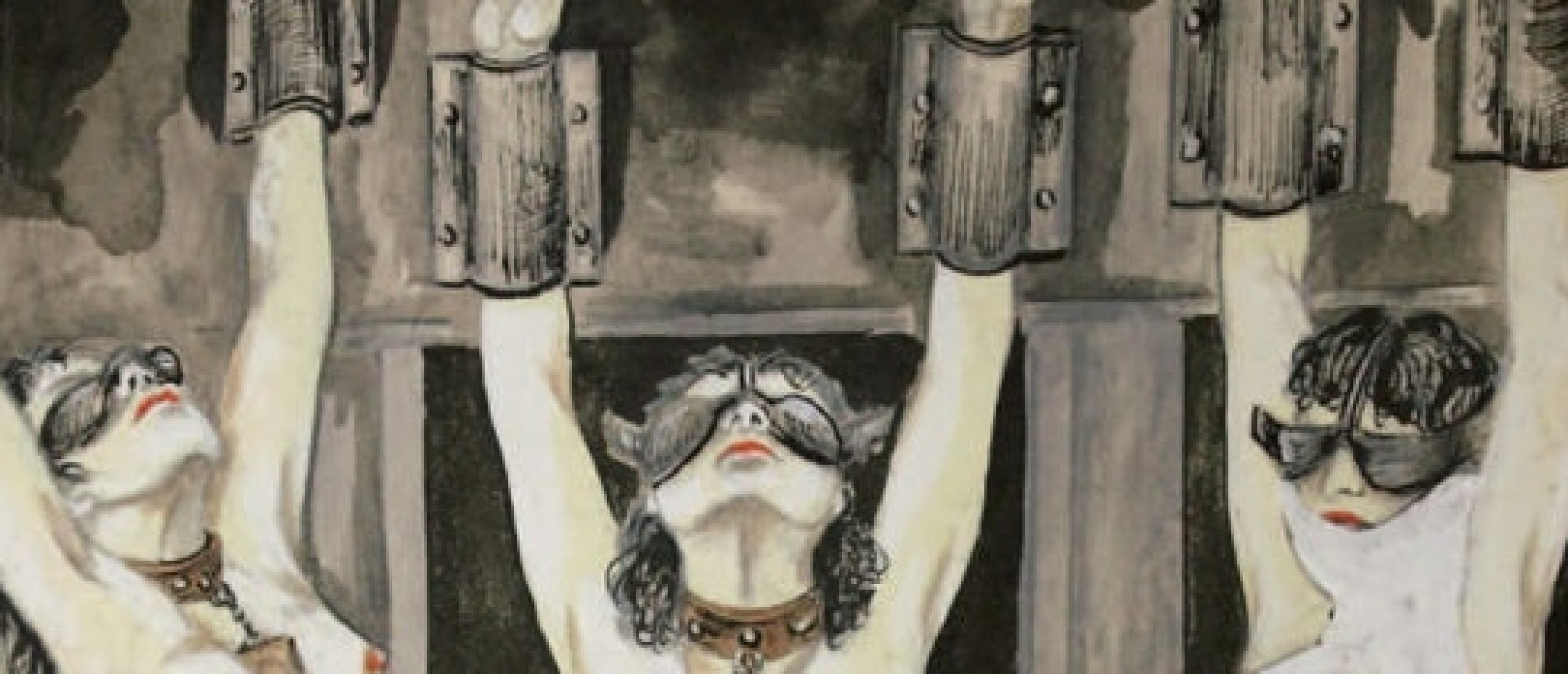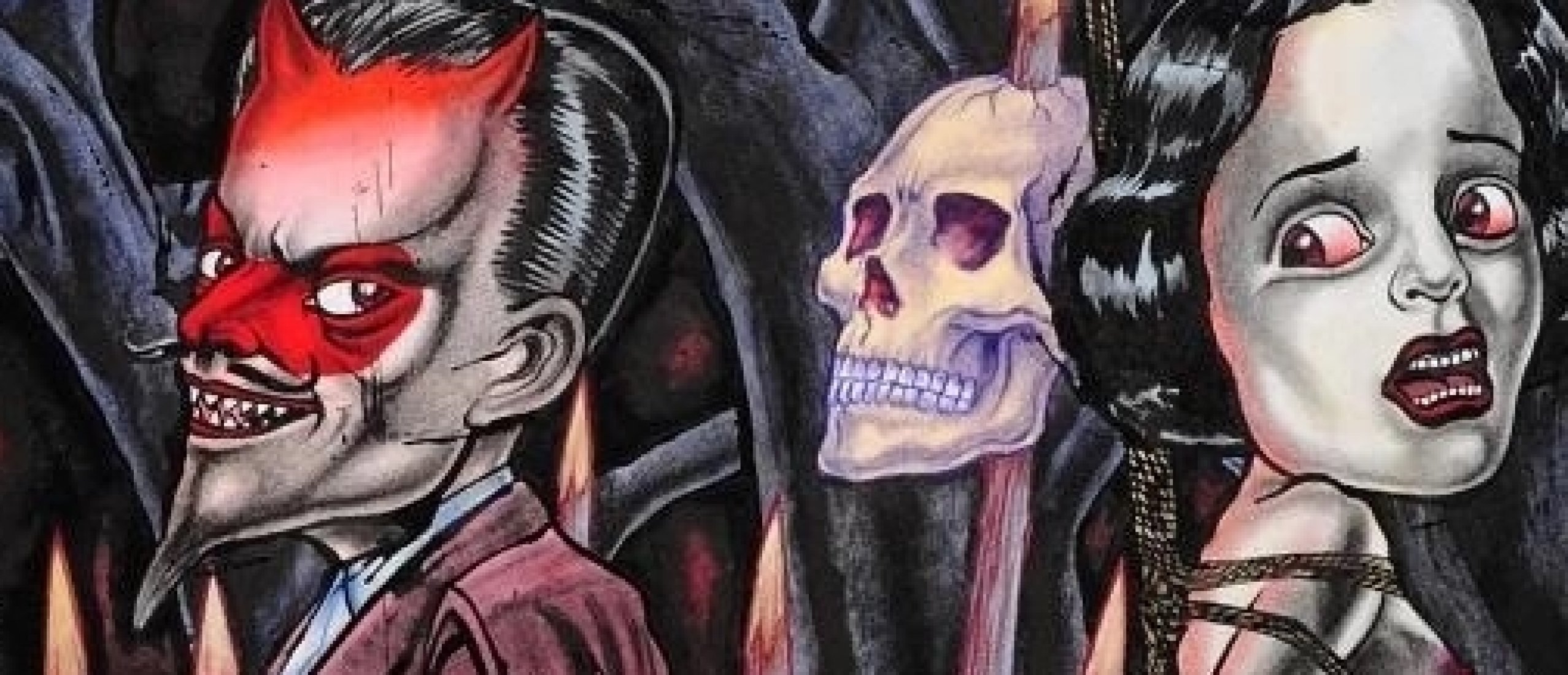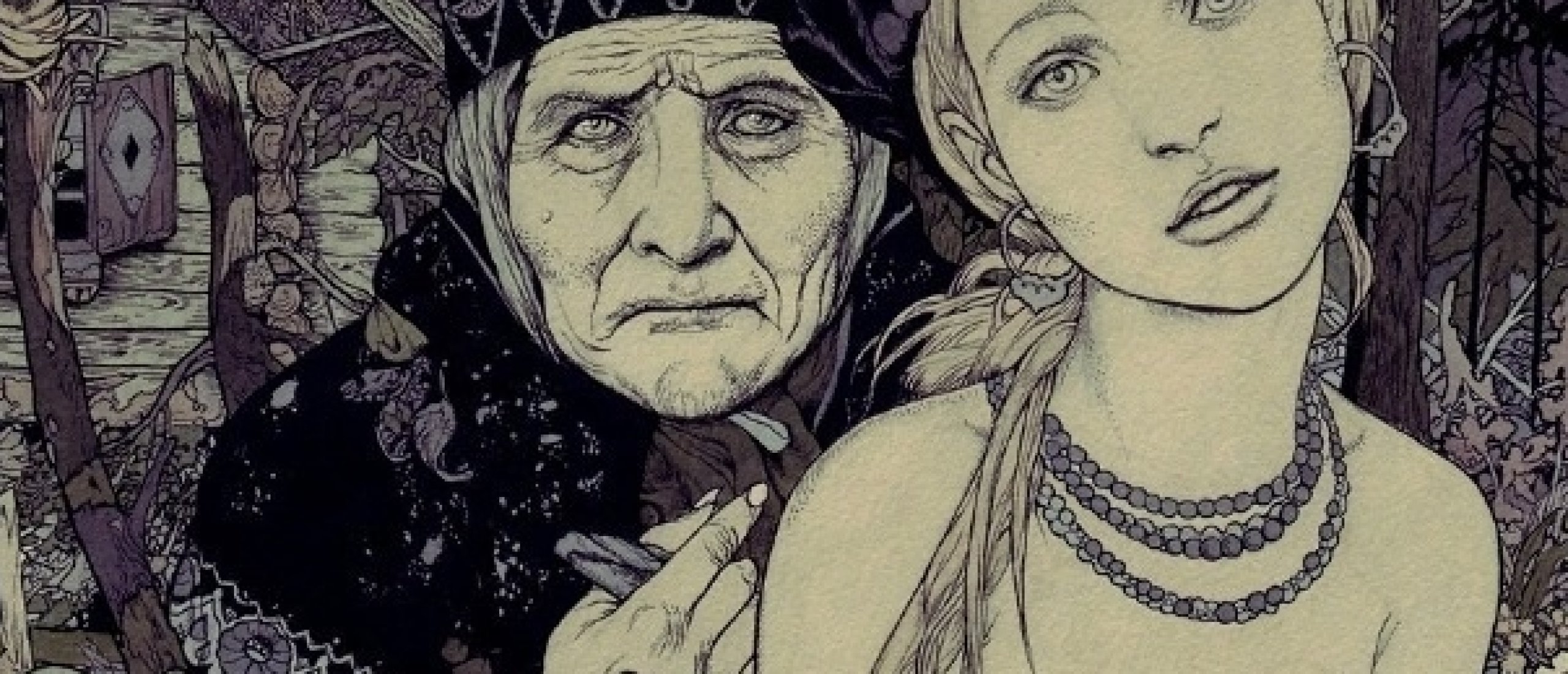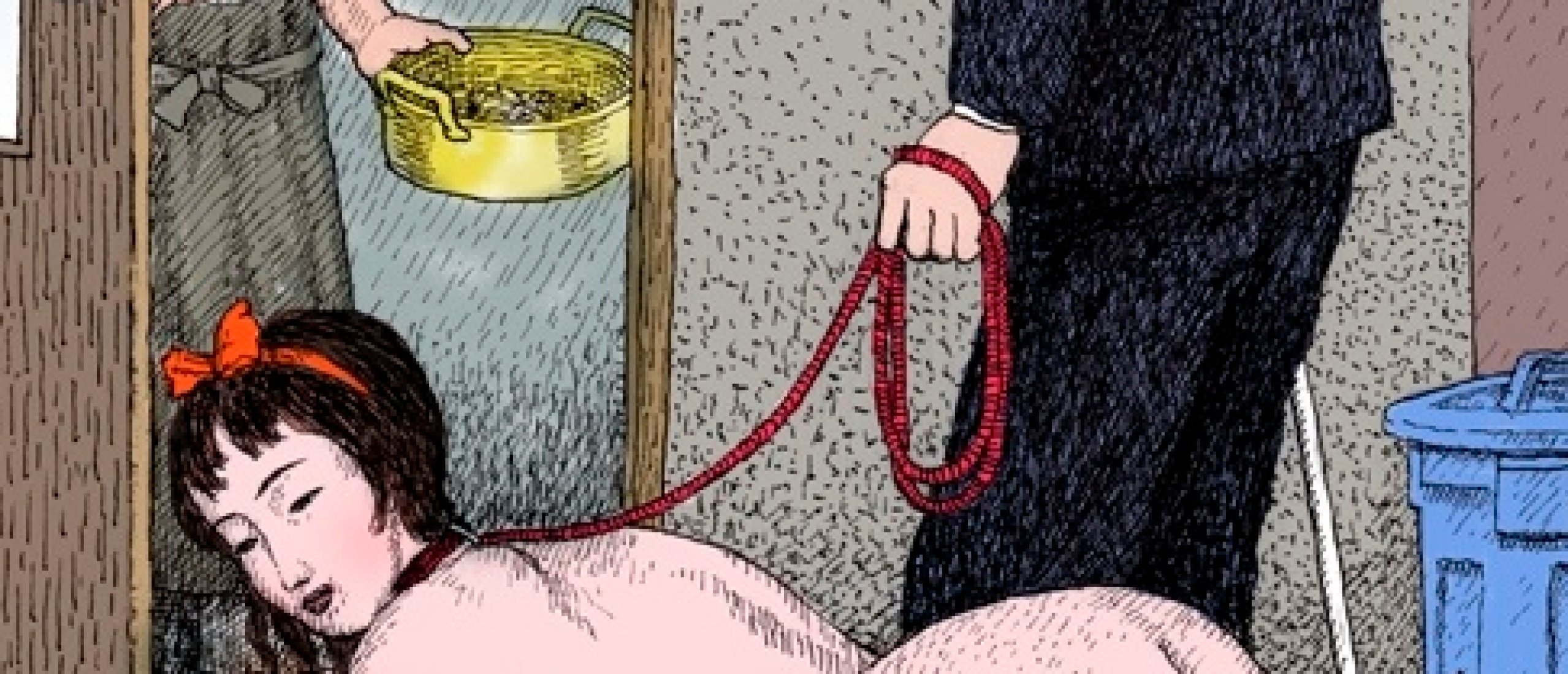
Deformation Of Human Nature
Since the discovery of the Domus Aurea, Nero's imperial palace unearthed around 1480, and with some influences from the Middle Ages, the grotesque took on a fictional character during the Renaissance as it was used to create worlds that, although based on reality, transcend it through distortion and exaggeration. The fascination with the grotesque, when associated with ornamental painting, became widely used in the decoration of loggias and salons that opened onto courtyards and gardens, as well as in corridors, staircases, and other spaces of movement and passage. The grotesque thus served as a way to question reality by subverting the established order and exploring the boundary between the real and the imaginary. However, the grotesque did not stop at combining human, animal, and vegetal elements; it expanded into narrative by creating fictions in which human behaviors are often subverted in the form of parodies and satires. The work of Japanese artist Asaji Muroi can be perceived as grotesque because it focuses on behaviors that escape the rules as well as the deformation of human anatomy.
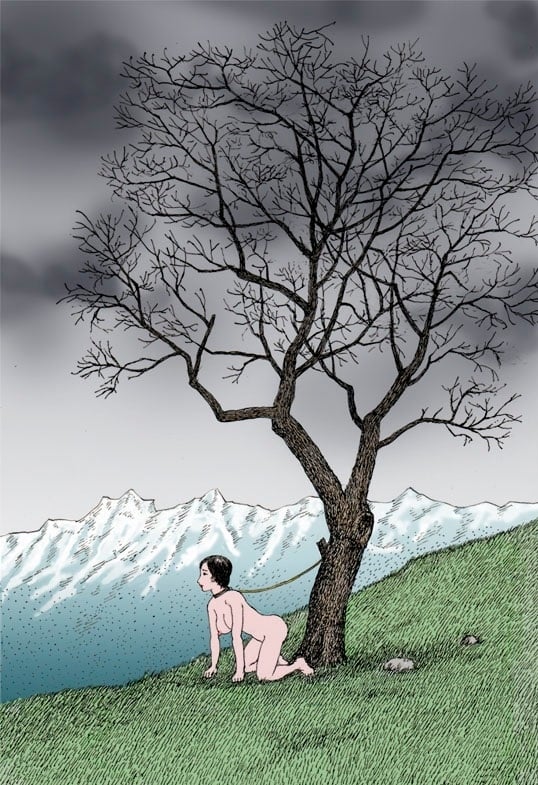
Fig.1. Dog of the mountain pass
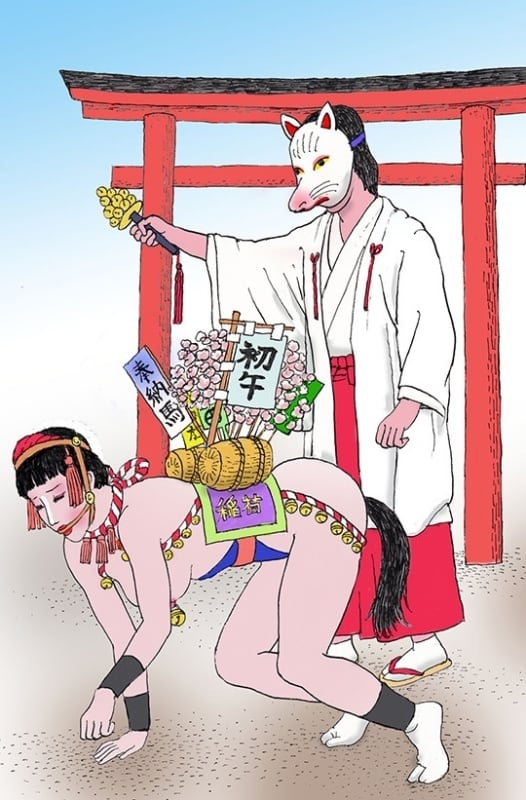
Fig.2. Hatsuo
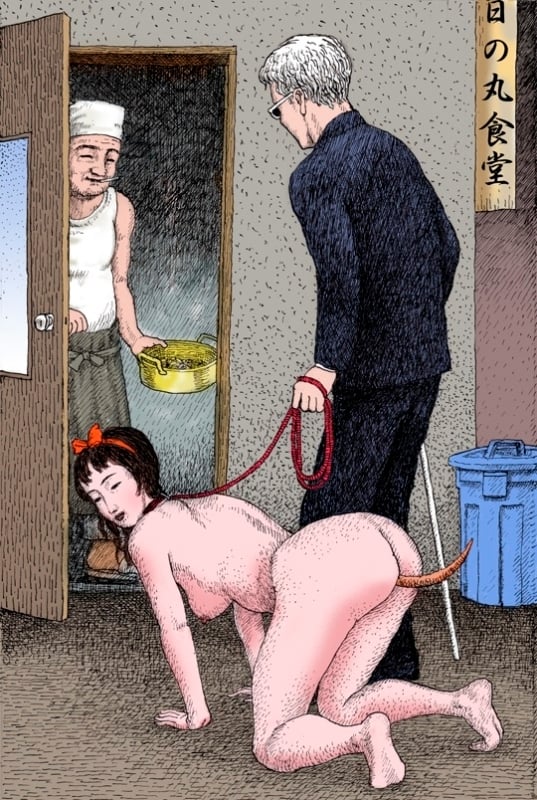
Fig.3. Hinomaru Shokudo
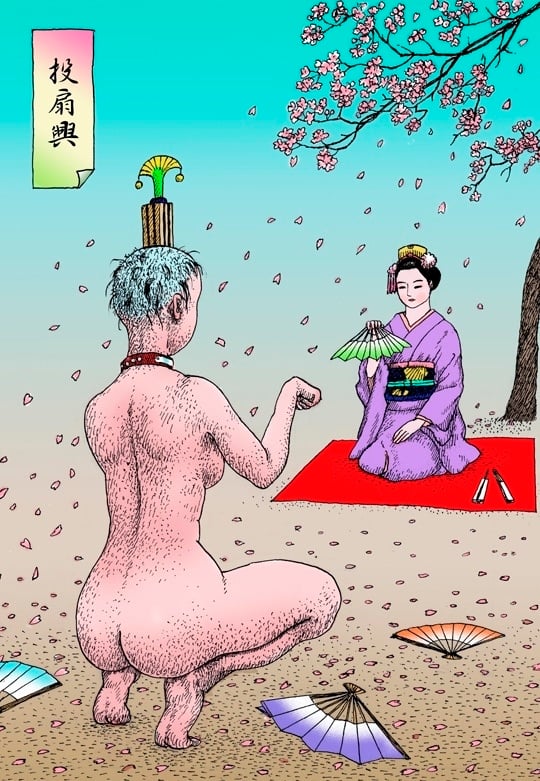
Fig.4. Tosenkyo
Attraction To Sadomasochism
Asaji Muroi (室井亜砂二) was born in 1946. Even in childhood, his attention was drawn to sadomasochism, as he himself recounts: "In elementary school, I was shocked when I happened to see a drawing of a young naked samurai’s daughter suspended by sisal ropes from the branches of a pine tree along a road in the hospital where I was admitted." During his adolescence, he came into contact with magazines such as Kitan Club, Fuzoku Kitan, and Uramado, as well as the works of writers such as Jun'ichirō Tanizaki, Kyōka Izumi, and Osamu Dazai, which shaped his interest in unconventional themes. His career began to stand out in 1965 when he started publishing in Kitan Club magazine. In the 1970s, he stopped producing SM works, only resuming them in the mid-1980s. He exhibited at the Vanilla Gallery in the "Sacred Signs and Disfigured Beauty Exhibition - Advent of Freaks," at the Café Crepe Myrtle Gallery with the "Abu Life Cover Art Exhibition," and at the Span Art Gallery in the "Mysterious Game Exhibition."
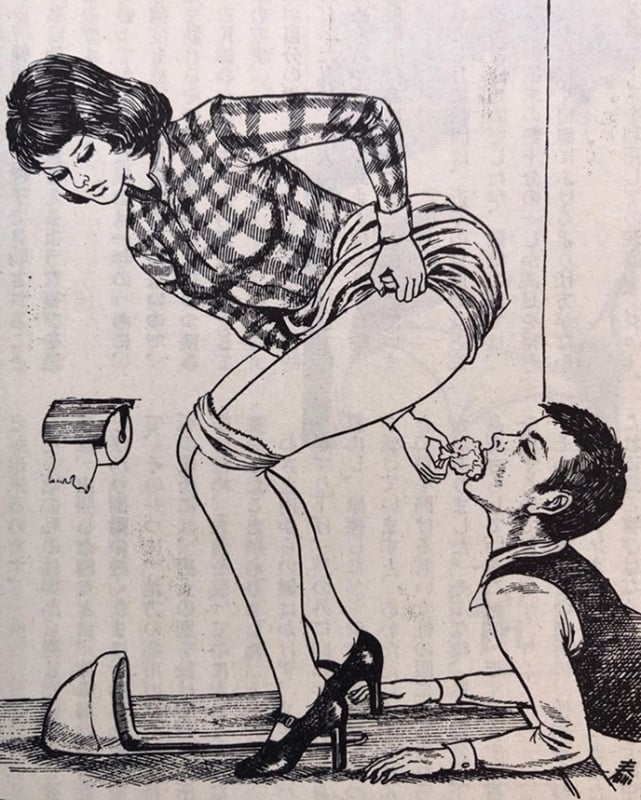
Fig.5. Early illustration for Kitan Club
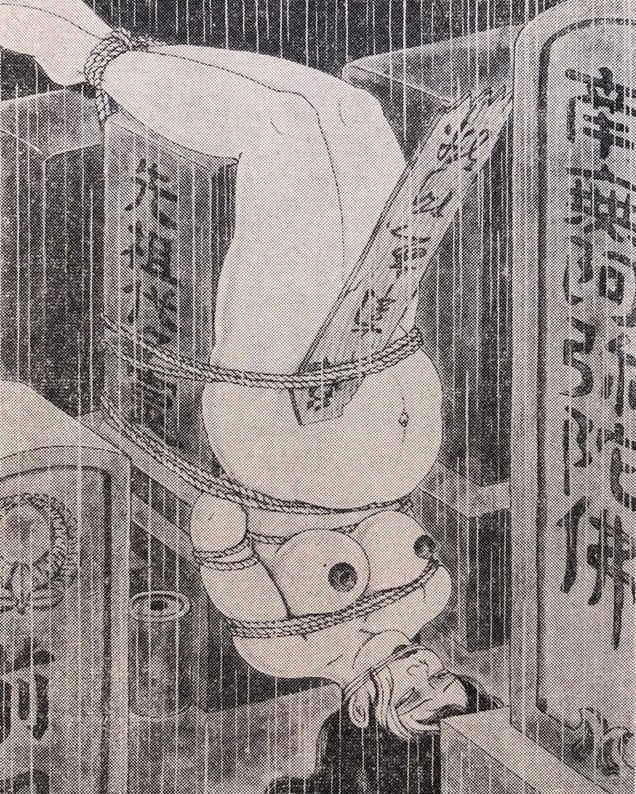
Fig.6. Early illustration for Kitan Club
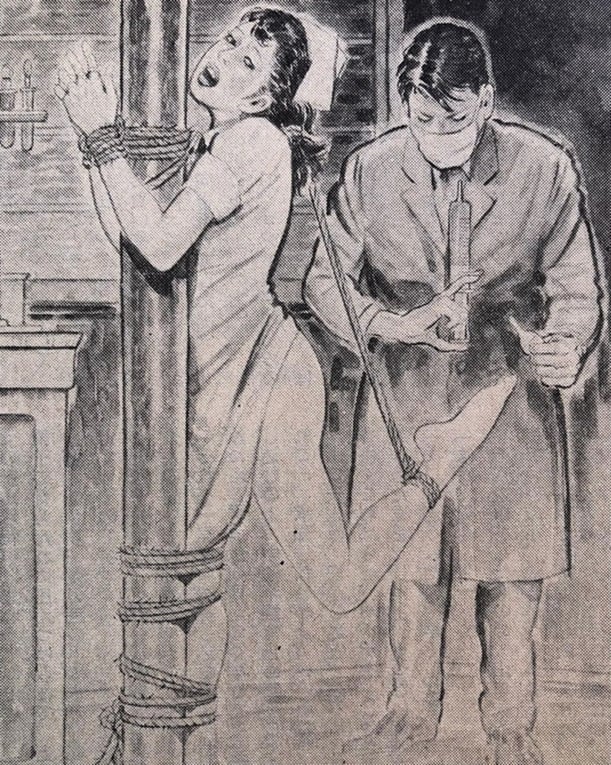
Fig.7. Early illustration for Kitan Club
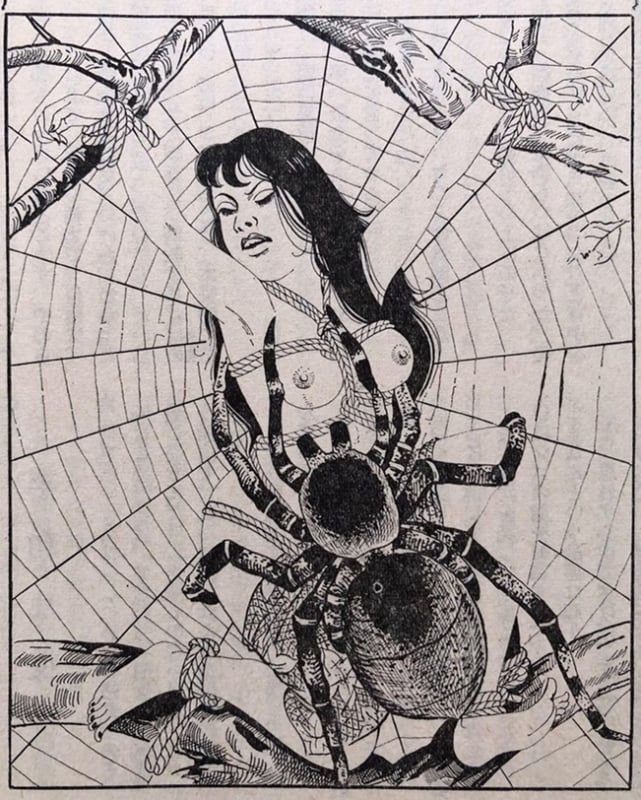
Fig.8. Early illustration for Kitan Club
Venus With A Dog Collar
His most famous works are images in which he depicts women as dogs, sometimes with tails to emphasize their animality. Asaji Muroi draws them naked, leashed, and subservient to their owners. In the 1960s, he had already produced images of a young woman giving her paw, eating from a bowl, and sleeping in a doghouse, which were published in Kitan Club magazine and titled “Venus with a Dog Collar”. This series of images ended up creating a new role-playing game in Japan defined by a dominance and submission dynamic, leading fans of the painter to turn this practice into a lifestyle.
In 1995, Asaji Muroi created a website called Inuya Aigando, "The Store of Beloved Bitches", where he posts photos of women who agreed to replicate the canine behaviors of the characters in his works: tongue out, crouched on their heels, legs spread, belly offered.
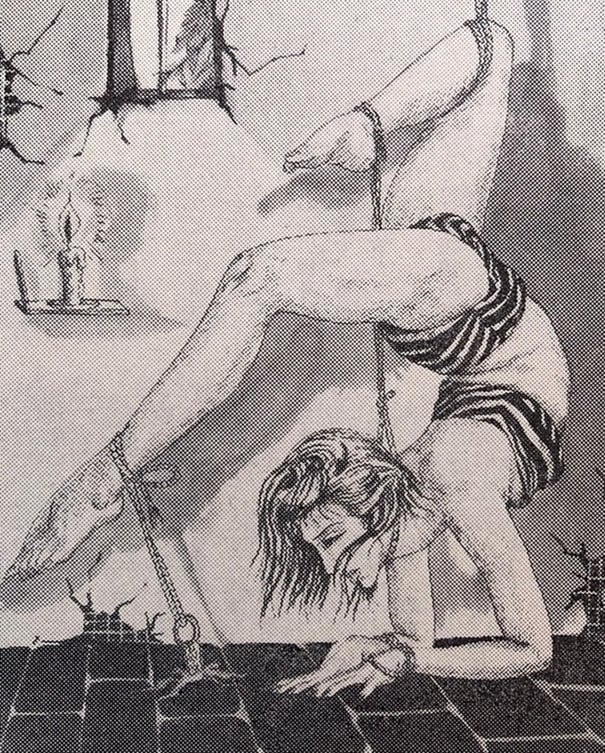
Fig.9. Early illustration for Kitan Club
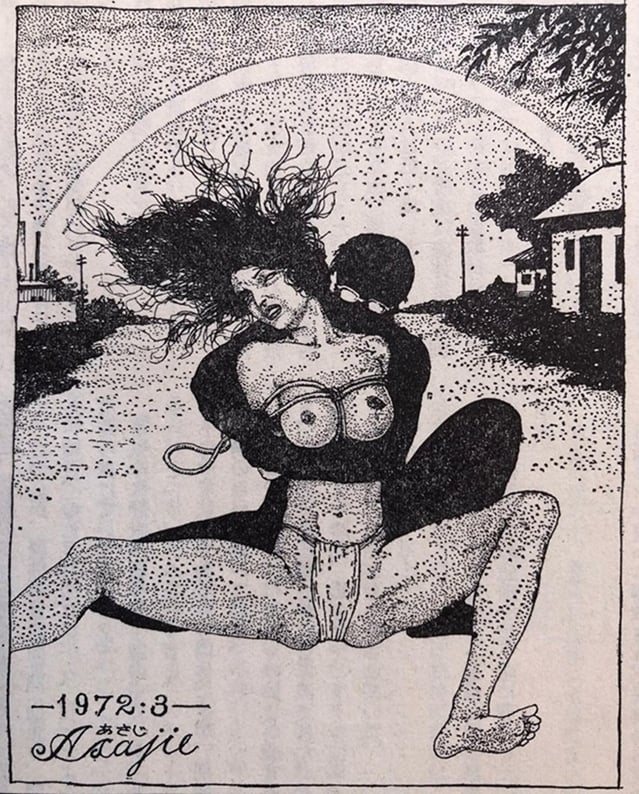
Fig.10. Early illustration for Kitan Club
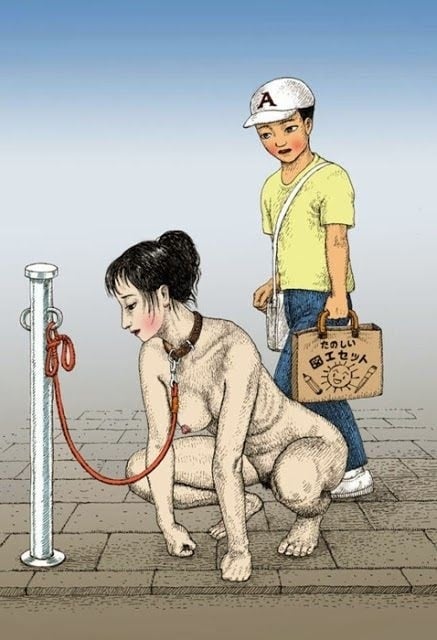
Fig.11. A female dog by the road
In the extended Premium edition of the article more on Muroi's art books, his "toilet woman" (the "lowest category of bitches"), the relationship between the master and his "dog", Muroi's sadomasochistic aesthetics, the use of mutable identity and 50+ additional examples of "dog collar" sensuality.
Click HERE for the forbidden snuff erotica of the misogynist illustrator Kaockl
Let us know your thoughts on Muroi's "Dog Collar" sensuality in the comment box below!

